Stereotypes, myths and superstitions are common when it comes to humans. Therefore it doesn’t come as a surprise that there are many myths about our dogs too. Fortunately, some of these myths are debunked to be beneficial for our canine, while some are not. As you continue reading this article, you will come across some of the craziest myths that you might have believed to be true all this while.
So, what are the biggest dog myths of all time? Let’s start with:
1. Large Dogs are a Bad Choice for Apartment Dwellers with Children
If you are looking for a playmate for your small children, it is the dog’s personality that you should consider rather than the size alone. Although gigantic breeds like Irish Wolfhounds might accidentally knock over your small child during playtime as they are highly-spirited, there is no guarantee that your children won’t accidentally hit or push the small and fragile dog you opted for instead. Studies show that large dogs are actually more careful and alert around children compared to smaller breeds.
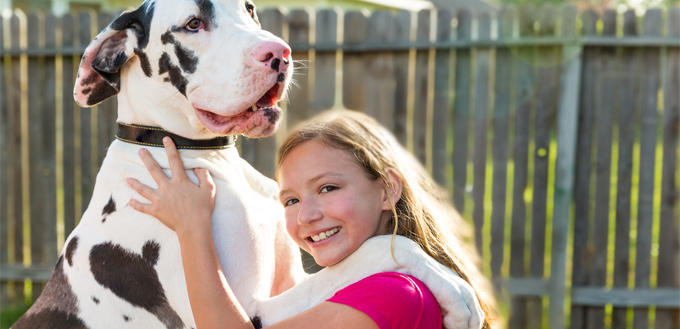
If you have done your research, by now you’d know that big dogs make for fantastic playmates. In fact, they can become lifelong best friends with your children too, as long as you teach both of them how to interact properly and supervise them while they play. Speaking of apartment dwelling, regardless of their size or breed, dogs are the happiest living with you in any home as long as their exercise needs are met and are likely to behave as trained.
2. Pugs are Lazy
Normally, pugs don’t really need to exercise much. Therefore, they are thought to be one of the laziest among their kind. Even though they are not bred to be runners, but they do enjoy running around with you at parks, chasing you or fetching their toy just like any other breed. They are best known as “shadow dogs” because they love following their owner everywhere like a shadow. Pugs are quite amiable, playful dogs who are often emotional, curious and sensitive too. Just know that they are not lazy at all!
Take a look at our review of Dog Food for Pugs for more options.

3. For Every Human Year, Dogs Age Seven Years
Think about it, does it really make sense when you say that your one-year-old dog is actually seven in dog years? Going by that rule, it would mean that your 15-year-old senior dog is actually 105 years old! Quite absurd right? Here’s another myth busted because in reality it is not the case at all. This is just an over-simplified way of expressing the pace at which your dog ages. There are plenty of dogs who are living more than 15 years of their life, still healthy and happy as active seniors.
So if you have a senior dog who you thought was 60 years old, is actually 8 years old in reality. You might have to apologize to your dog and get him/her a proper birthday cake with their correct age next year.

4. You Can’t Teach New Tricks to Your Old Dog
“Oh your dog is pretty old, he can’t do that!” sounds a bit familiar?
Not just to your senior dog, some people might say that in the case of humans as well. People can still learn new stuff when they get old, it’s just that they don’t want to. It is the same in the case of dogs. As they age, they just want to rest, be by your side and enjoy doing what they have learnt while they were young. While it may not be easy for you to teach your old dog something new, it is not entirely impossible as you’ve always believed. Your senior dog may not catch up like he used to and will definitely lack the enthusiasm but you need to be patient enough to get your dog’s attention and make sure that the new trick does not need too much physical work. Keep it interesting with his favourite treats and toys and look out for symptoms whether your dog is experiencing any cognitive dysfunction or not.
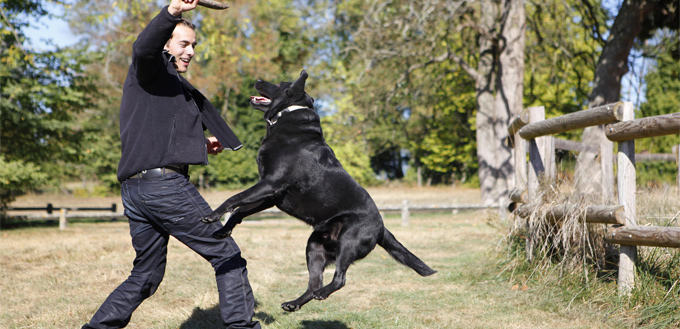
5. When Your Dog is Wagging Their Tail, It Means They’re Happy
Your beloved dog’s body language is pretty complicated and at times hard to read. It is true that dogs wag their tails when they are happy and excited, but there are other reasons too. Basically wagging their tail is a major way of communication on their part. Just so you know, dogs wagging their tail rapidly could also show a sign of their fear, anxiety or aggression. Focus on paying attention to their overall body language, rather than just their tail. Be careful and try to calm your dog down or else it could lead to an unfortunate bite!
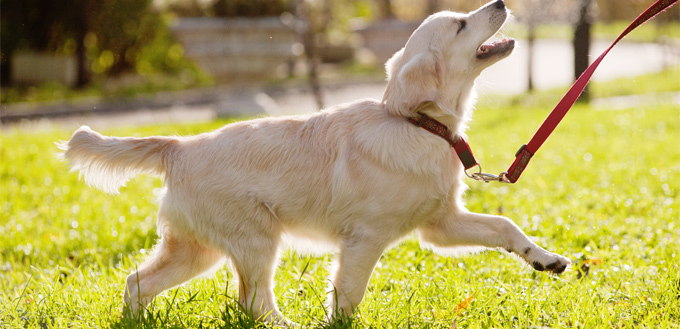
6. A Warm or Dry Nose Indicates Your Dog is Sick
This is probably the most widely spread myth of all time. Most days your canine might have a wet and moisty nose, while another day they might have a dry nose. Like many others, you too might have believed that dry nose is a sign of your dog being sick while a wet nose indicates they are healthy. In that case, it’s time to bust a myth! The moisture and temperature of your dog’s nose do not indicate whether they are sick or healthy. Normally, your dog’s nose is dry and warm when they have just woken up from sleep so there’ nothing to be worried about. But if you notice any abnormal appearances such as persistently dry crusts, now this may indicate signs of illness, in which case, contact your vet ASAP.
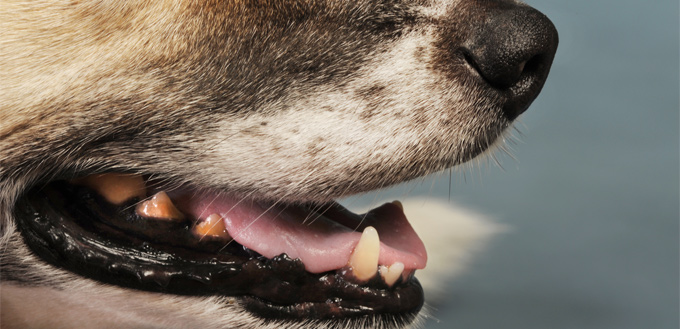
7. Dogs Mouths are Cleaner Than Us, Humans
If your dog licked your face or tasted whatever you were eating right out of your mouth, you might have heard your grandma say, “Oh! Don’t worry. The dog’s mouth is cleaner than yours!” It’s a pure myth and originated from the fact that dogs lick their own wounds which helps it heal faster. The dog’s rough tongue removes dead tissues and stimulates circulation over the wounded area. Just because it works for your dog doesn’t necessarily mean it is beneficial to humans too. In fact, this can cause you harm by introducing bacterial or fungal infection inside your body.
A dog’s mouth is full of germs. Have you ever thought about all the things that your dog eats off the trash or ground that he licks off by himself? In addition, you may not have the time to make your dog brush their teeth on a regular basis, and this results in the buildup of dental tartar and bacteria. Therefore, your dog’s mouth contains more germs than you can ever imagine. However, the good news is that 80% of these germs are not likely to cause any harm to humans but precaution is still better than cure. It’s all about keeping your dog up to date with their vaccines and your furry friend is good to go! To keep your dog’s mouth fresh, you should brush it regularly, so a little kiss once in a while is not dangerous.
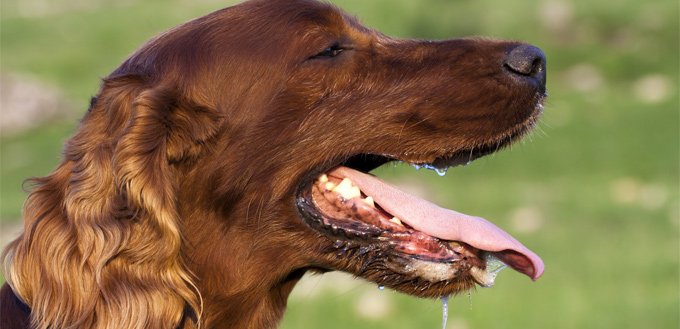
8. Dogs Can Only See Black & White
Are you among those people who believe that your dog can only see in black and white (and a few shades of grey)? Like you, there are thousands of others who believe the same. Although there is no clear evidence where this myth originated from, but we can always use science to battle it. To bust the myth: of course, your furry friend can see colors! Probably, not as much as you can, but they can definitely see colors. According to the experts, the cones in your dog’s retina can best reflect on colors on the blue side of their spectrum. Their color images are thought to be similar to red-green colorblindness in humans, but not exactly the same. Supposedly, your dog can mainly see in blue, yellow, greenish-yellow and different shades of grey.

9. Dogs Eat Grass to Vomit
If you have taken your dog out for walks to the garden or parks, your dog has surely eaten grass. And you’re almost certain this will lead to vomiting after a few hours. However, it is incorrect to assume that your dog was feeling sick to their stomach just because they ate grass. In fact, the reason why some dogs like to munch on grass is pretty simple: it’s crunchy and gives them something to munch on. Grass, in general, is not too bad for your canine’s health. It’s just that it should not be taken in large amounts, because that could cause vomiting. If such a situation occurs, immediately visit the nearest vet!

10. Big Dogs cannot be Lapdogs
If you already have a big dog and they aren’t much of a lapdog, this myth might partly be true for you and some of the others who have faced the same. However, it’s probably also because of their breed. Of course, the absolute huge ones like a Newfoundland dog or a Great Dane is not meant to be on your lap! But if you have any other breeds, who are big and are not lapdogs, that’s probably because you haven’t trained them enough from the very beginning. In fact, big dogs are HUGE cuddlers. They are one of those living pillows you always want to grab on to while you nap in peace. Therefore, it actually depends on your training and also how comfortable or close you are to your dog.
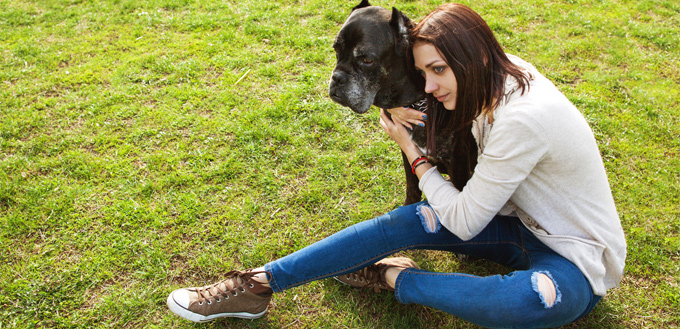
11. Big Dogs are More Aggressive
People tend to be more afraid of big dogs than smaller ones. However, nowhere is it written that big dogs are more aggressive than smaller ones. When you see a big dog, you’ll find that most of them are gentle giants. It’s always better to be careful around every unknown dog, rather than just the bigger ones. You don’t necessarily have to be scared just because of their size!
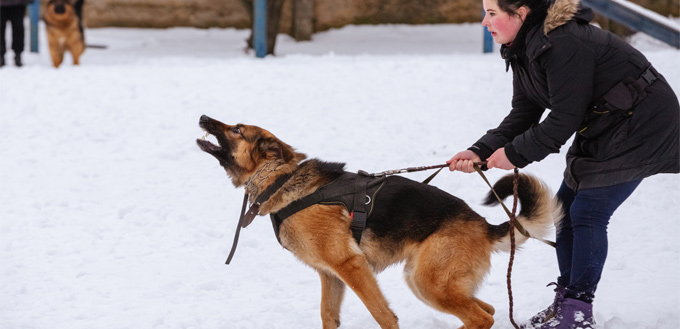
12. The Bigger the Dog, the Better they are as a Guard Dog
If you own a Labrador or a Golden Retriever, they would rather help the burglar to haul things out of your house, rather than chasing them off. Why? Particularly because of their friendly personality. Most of these dogs are very friendly in nature and the burglars will sneak into your house, making your canine their friend and discreetly sneaking out whatever they want! Although it is true that some big dogs are great guard dogs, like the Anatolian Shepherd or the Great Pyrenees, others are just mostly peacekeepers. If you’re looking for a breed that will guard your house, we would suggest you focus on their barking, rather than their bite.

So, Are All Dog Myths Fake?
Even though a lot of these myths might make sense to you, they are mostly fake. Most of these myths originate from decades ago when all things couldn’t be explained with science. Myths are great stories that grandmothers love to tell children. Myths usually originate from historical events and usually have some truth to them, but most are over exaggerated to the point where they are now becoming completely absurd. Your dog’s well being is your duty. Instead of believing myths, we’d suggest you to conduct a proper research before taking old grandma’s tales for granted advice.
Bottom Line
These misconceptions usually stem from inconclusive stories and are induced by the positive attention of the listeners. You think that your canine’s kiss is clean? Well, think again. Wondering how your dog sees the world only in black and white? Now that these myths are busted, what are some of the myths that you believe to be true? Let us know in the comments section! We’d love to know!
Sources:
- Visala Kantamneni, 5 Common Myths About 5 Dog Breeds, One Green Planet
- Shayna Meliker, 7 Myths You Shouldn’t Believe About Big Dogs, Vet Street
- Kiki Kane, 7 Dog Myths You Totally Thought Were True, Rover







